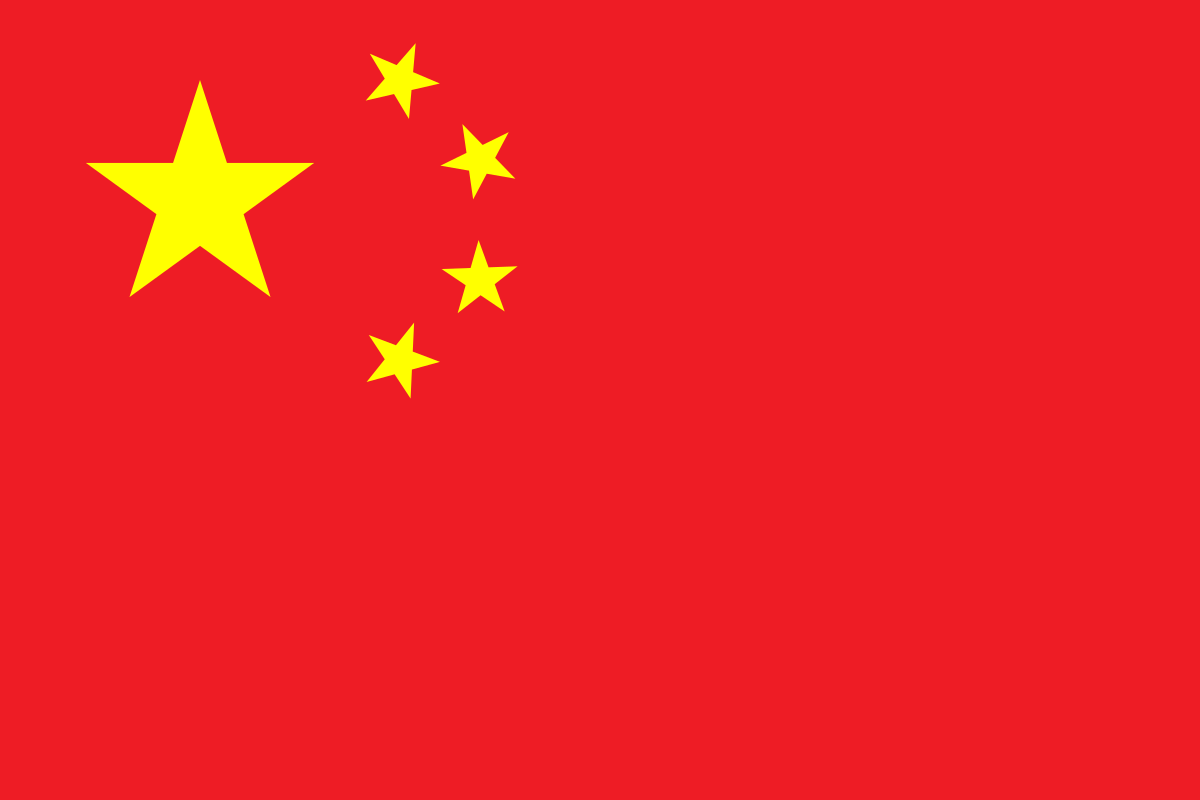China has recently announced that it is scrapping its 2 child policy in June. Now Chinese families are being encouraged up to 3 children. This move will have to institute various measures to meet the needs of a younger generation. The outcomes of this new policy are currently uncertain but analysts believe there is a link between birth rates and the consumption of gold.
The long-term results are likely to benefit economically and increase the consumption of gold. In China gold is highly valued. Not only is China the biggest producer of gold in the world, but it is also the largest consumer. China accounts for 11% of global production. China consumes about 984 tonnes of gold per year. It is followed by India and then by the United States. However, most of the gold circulates in the country as China imports a mere two-thirds of the amount of gold and uses most of what it produces in its burgeoning tech and industrial sectors, in jewellery, and in investments. Gold plays a big role in its cultural traditions. It is a long-held tradition to gift newborns with gold. So, it goes without saying that with rising birth rates, there will also be rising consumption of gold.
China’s response population challenges
The population structure in China has created unique problems. China is the most populous nation in the world with over 1.42 billion people. To deal with the problems that come with overpopulation, the government enacted a One-Child policy in 1979. However, as the population began to age so much. In December 2015, a new law was passed allowing couples to have two children however, the population has fallen so sharply between 2017 and 2019, it dropped to 14.65 million, the lowest it has been since 1961. Meanwhile, the aging population has been rapidly rising. It increased from 7% in 2010 to 13.5% last year. This is likely to intensify.
This new 3-child policy can impact the demand for gold. In the long run, policies aiming to affect the birth rate can be beneficial from a macroeconomic perspective. An increase in birth rate will affect the Chinese labour force in about 15 years, thereby contributing to the Chinese economic growth. For retailers, a higher birth rate should be good news for gold retailers. Firstly, as mentioned before, the retailers will benefit from the tradition of gifting gold to newborns. Secondly, a higher birth rate will lead to stronger economic growth supporting gold retailer’s product sales.
In theory, the cost of raising large families may lower the discretionary budget. Raising a child up to the age of 18 can be costly. There are food, clothing, healthcare, education, and more costs that need to be factored into a family’s budget. There are also indirect costs that could limit the disposable income that can be spent on things like jewellery. Hypothetically, fewer children equal a more discretionary budget.
In the future, China could introduce some incentives for families to have more than 2 children. This could have a positive impact on a family’s discretionary budget. If an increase in birth rates improves, the economic growth in the next couple of years could outweigh the cost of raising more children and increase a family’s purchasing power on items like gold jewellery.
This article was brought to you by
Suite 701, Level 7 /
227 Collins St
Melbourne VIC 3000
(03) 8678 2085


 Using SQL for Bayesian Inference: Building Probabilistic Models with Data
Using SQL for Bayesian Inference: Building Probabilistic Models with Data  Why do people love the surprises in online slot games?
Why do people love the surprises in online slot games?  Can shockwave for ED help men with high cholesterol?
Can shockwave for ED help men with high cholesterol?  Feeding Sheep Through the Seasons: Changing diets for summer and winter
Feeding Sheep Through the Seasons: Changing diets for summer and winter  Role of CBD Vape Pens in Natural Pain Relief?
Role of CBD Vape Pens in Natural Pain Relief?  Simple Steps to Prevent Burnout Before It Takes a Toll
Simple Steps to Prevent Burnout Before It Takes a Toll  Why Low-Acid Organic Coffee is the Perfect Choice for Sensitive Stomachs?
Why Low-Acid Organic Coffee is the Perfect Choice for Sensitive Stomachs?  Which Ayurvedic Medicine is the Best Tablet for Piles?
Which Ayurvedic Medicine is the Best Tablet for Piles?  Discover the Latest Hits on Zee5: Must-Watch Movies and Series
Discover the Latest Hits on Zee5: Must-Watch Movies and Series 